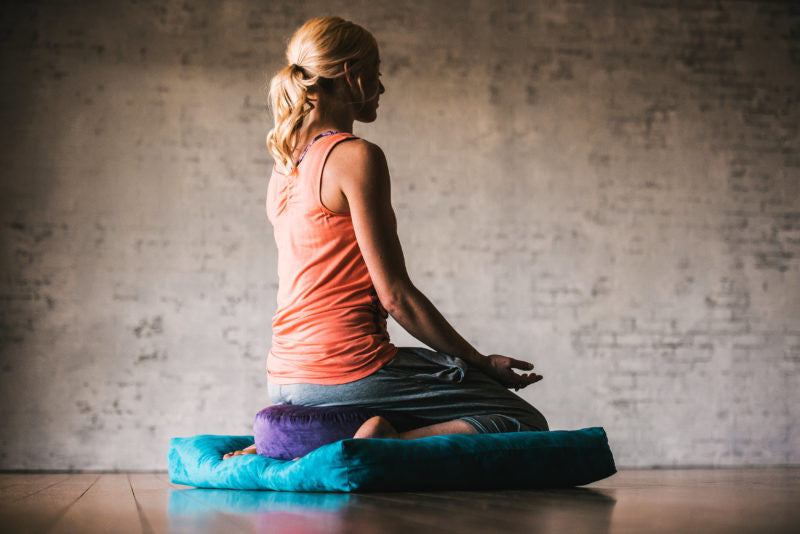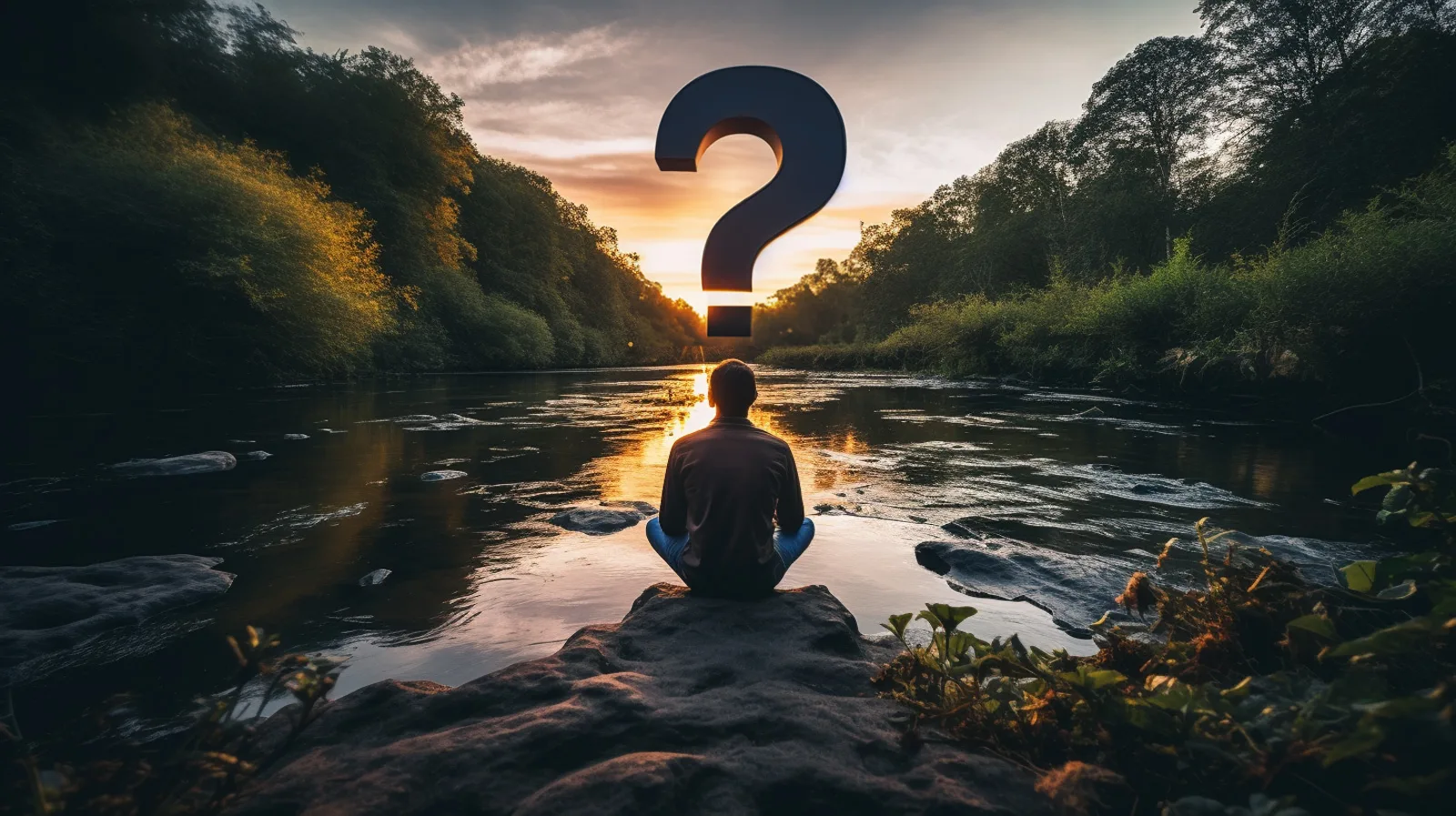Transform Your State Of Mind with Straightforward Steps on How to Meditate?
Transform Your State Of Mind with Straightforward Steps on How to Meditate?
Blog Article
How to Meditate: A Step-by-Step Method to Getting Mindfulness and Tranquility
Meditation offers as an effective tool for attaining mindfulness and psychological calmness in a fast-paced world. By recognizing the fundamental principles and techniques involved in meditation, individuals can cultivate a technique that boosts their total wellness. This discussion will certainly detail vital steps, from creating a helpful setting to integrating meditation into day-to-day routines. As we discover these elements, it becomes clear that the trip to mindfulness is not simply concerning the act of being in silence, however instead concerning promoting a deeper link with oneself and the globe around us. What might this makeover involve?
Understanding Meditation
Recognizing reflection includes grasping its essential concepts and methods, which function as the foundation for the technique. At its core, meditation is a mental exercise targeted at promoting leisure, building internal power, and establishing compassion and insight. The technique encourages people to focus their interest, commonly with methods such as deep breathing, visualization, or rule repeating.
Meditation can be classified into numerous designs, consisting of mindfulness, transcendental, and loving-kindness meditation, each with distinct functions and techniques. Mindfulness meditation stresses present-moment understanding and non-judgmental monitoring of sensations and thoughts, while copyright includes the usage of details rules to transcend ordinary idea processes. Loving-kindness meditation concentrates on developing a mindset of love and concern in the direction of oneself and others.
No matter the strategy used, the main objective stays consistent: to cultivate a much deeper understanding of the mind and its patterns. This self-awareness promotes psychological resilience, quality of thought, and a profound feeling of calm (How to meditate?). By comprehending these concepts and methods, people lay the foundation for a successful reflection method that can dramatically improve their total health
Planning For Your Technique
Prior to starting your meditation technique, it is vital to develop a setting for concentrate and leisure. Select a peaceful space where you are not likely to be disturbed. This could be an edge of an area, a yard, or any kind of area that evokes a sense of tranquility. Make certain that the location is tidy and cost-free of clutter, as a clean setting can help get rid of the mind.
Take into consideration the lights, as natural light can enhance your mood and energy. Soft, warm lights is frequently a lot more relaxing than rough fluorescent lights. In addition, pick a comfy temperature, making sure that you are neither also warm neither as well cool.
Including aspects that promote harmony can additionally improve your experience. This may consist of soft pillows or blankets for convenience, as well as relaxing fragrances from crucial oils or incense. It can also be beneficial to have actually a timer established for your reflection session to avoid interruptions from clock-watching.
Basic Meditation Strategies

Another reliable strategy is body check meditation. This includes emotionally scanning your body from head to toe, observing any areas of stress or discomfort and knowingly relaxing those muscular tissues. This practice promotes a much deeper link in between your mind and body.

Last but not least, loving-kindness reflection concentrates on cultivating empathy towards yourself and others. Quietly repeat expressions of a good reputation, enhancing psychological wellness and interconnectedness. Each of these techniques serves as a foundation for your reflection journey, enabling you to find the method that resonates best with your personal practice.
Keeping Emphasis and Mindfulness

Establishing a devoted reflection space can boost the ability to keep mindfulness. A peaceful, minimalist setting reduces diversions, enabling for deeper immersion in the practice. In addition, setting a time limit can aid handle expectations; beginning with shorter sessions may relieve the change into longer methods.
Utilizing methods such as body scanning or observing experiences can additionally boost mindfulness. These techniques encourage experts to remain present and engaged with their physicality, anchoring their interest site in the moment. Normal technique is necessary; the mind builds durability in time, producing a visit our website more powerful ability for emphasis.
Incorporating Meditation Into Daily Life
Incorporating reflection into day-to-day life can transform routine activities into chances for mindfulness and self-reflection. By integrating mindfulness practices into common jobs, individuals can cultivate a higher sense of existence and peace among the numerous hours of day-to-day life.
Begin by identifying moments throughout your day where you can practice and stop briefly mindfulness. Also ordinary activities like cleaning dishes or walking can become possibilities for meditation by directing your interest to the sensations of motion and the audios surrounding you.
In addition, setting aside specialized times for reflection can enhance its practice. Begin with brief sessions, gradually enhancing duration as you end up being extra comfortable. Usage reminders or signs-- like a certain time of day or a calming noise-- to develop consistency.
Eventually, the objective is to weave mindfulness right into the fabric of day-to-day live, allowing you to approach each minute with objective, consequently improving your overall sense of health and quality.
Conclusion
In final thought, reliable reflection needs a peaceful environment, a comfy position, and a focus on the breath. Regular reflection, also in quick sessions, cultivates a much deeper connection to the existing minute, eventually leading to better calmness and psychological clarity in everyday life.
Reflection can be classified into various designs, consisting of mindfulness, transcendental, and loving-kindness meditation, each with distinctive purposes and approaches. Mindfulness reflection stresses present-moment understanding and non-judgmental monitoring of ideas and feelings, while copyright entails the usage of specific concepts to transcend regular thought procedures.With your reflection room prepared, it's time to check out different basic meditation techniques that can help grow mindfulness and internal tranquility.Consistently maintaining emphasis and mindfulness during reflection can be difficult, especially for those new to the practice.Developing a devoted reflection room can enhance the capability to keep mindfulness.
Report this page